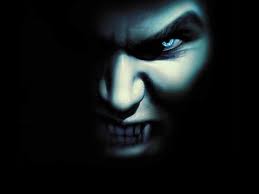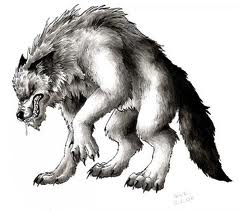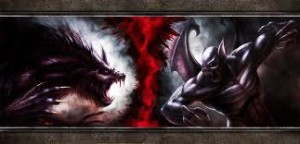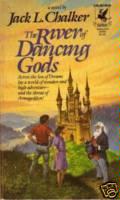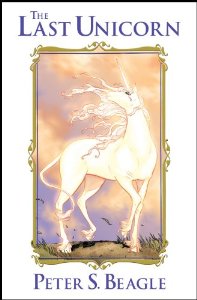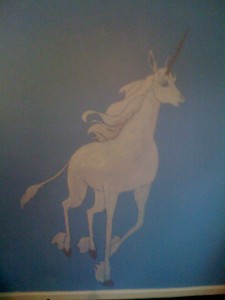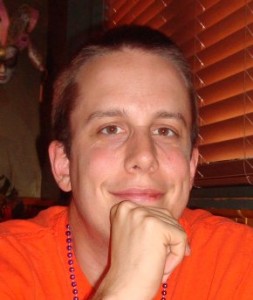Creating your own mythology – how cool! And loads of fun! We write in an era where readers embrace modern and new myth. When Bram Stoker penned Dracula, he took an obscure legend, gave it its own rules and a new mythology was born. Today, we understand the social action and values for vampires, werewolves and zombies. This is newly created mythology has been embraced by generations of readers. In Tolkien’s books, the fantasy world received a new mythology Middle Earth and that lore, that mythology, is still embraced by people today.
There are those who argue that because myth is defined as being of the distant past, that it has its own cultural criteria 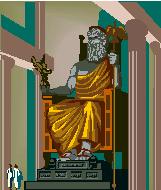 and that it requires organic growth in a culture, that it can’t be instantly created. Humbug! Myth is a way for people to reconcile the paradoxes of life – the things that don’t make sense to us. How was life created? How do the gods and people interact? What are the rules for interaction? Apply it to everyday life and we can call it religion. Apply it to books and we call it world building.
and that it requires organic growth in a culture, that it can’t be instantly created. Humbug! Myth is a way for people to reconcile the paradoxes of life – the things that don’t make sense to us. How was life created? How do the gods and people interact? What are the rules for interaction? Apply it to everyday life and we can call it religion. Apply it to books and we call it world building.
And perhaps that is the difference – scholars will argue that because what writers create isn’t part of the everyday, ordinary belief systems for people, then it isn’t legitimate myth. But who draws that line? Who determines when an idea crosses that line? And does it matter? Is it any less compelling? I think not. We no longer believe in the Greek Pantheon of gods yet they’re as popular as ever in literature like in Rick Riordon’s Percy Jackson and the Olympian’s series. Do we have to believe in those specific gods for the mythology to be relevant, to explain creation, our relationship with the world, our struggle with life’s paradoxes and our need to have legitimate heroes to inspire us? Not at all. When we delve into other people’s belief systems, we challenge and enrich our own. We discover new ways to escape and to solve problems.
Mythology creates rules. How do heroes, people and proto-people (vampires, werewolves and the like) behave? What kills them (silver bullets, kryptonite or a stake through the heart)? Who are the gods, and what are their rules? How did creation happen and what happens after death? Why are their problems? Can man solve them or is he powerless?
We’ve established that not only can we create new mythology we must do it to explain the rules of the new worlds we’ve created. And many myths born of ancient legends and modern science are being created and believed by people (no judgements here). This is the mythology of ancient aliens coming to earth for their own purposes and seeding mankind (biologically and technologically). It is all a way to rationalize, to understand our history, what makes us human and to explain the anomalies and paradoxes of who we are and where we’ve come from.
And where will the next new mythology arise? The future. Outer space, I think. With the newly emerged and proven theories of space and time and the universe expanding faster and faster (not more slowly as some would believe) to end up in a black hole that swallows it entirely – like how do we explain that? Mythology, that’s how. A futuristic mythology born of predicted apocalyptic events. How cool would that be?
In creating the mythology for my books, I look closely at the world I’ve built along with the premise of the story. Mythology is about explaining how things came to be. Why they are the way they are. Why people believe as they do. It’s answering these questions that makes a world unique and believable. In one series, I asked what makes this one item so valuable? Why is it such a threat? How did it get where it is? What happens now that it’s been loosed upon the world? What do people believe about the item and their power to change destiny?
In the historically-based fantasy series I’m currently working on, the creation and afterlife myths mythology are crucial to how this world acts. The problem is, there is very little information about societal beliefs for the time period I’ve chosen to write about and I’ve been scouring academic journals for months. And that, for a writer, is perfect! From minute tidbits of factual information on tools, trade and astronomy, I’ve got just enough information to ground the story in history yet enough leeway to create a whole new mythology as to why things were done the way they were. This has forced me to really see the world through my characters’ eyes and in doing so, their actions and reactions have a genuine truth. And in doing that, the story has become so real, so alive and so fascinating!
You can take more modern or current historical events such as the decay of an empire, an evil despot trying to conquer the world, invading armies, geological tragedies, interpersonal tragedies, whatever you wish – take these larger events and change the details of the experience. Create a new world, a new way of looking at things, a new mythology which your characters use to explain their circumstances, their world, why the scourge seeps through the country – use all that to create and influence your hero, your proto-humans and your society. Or, take one of the ten basic creation myths, put you own spin on it and ask yourself, how would this influence a given society? Again, Rick Riordon did this in his series when he brought the Greek gods to America. Neil Gammon has his own unique spin on mythological figures come to the Americas in American Gods.
So go for it! Create new worlds with ground breaking, mind bending mythologies. There’ll always be a flick of our modern realities and value systems in them, how can there not be? Besides, those bits of our world in them is what will make the issues, the dilemmas and the challenges ring true for the reader. Mix, mash and have fun with it.
In tomorrow’s post I’ll talk about how I create new mythology for my worlds.
Happy mythology building!

